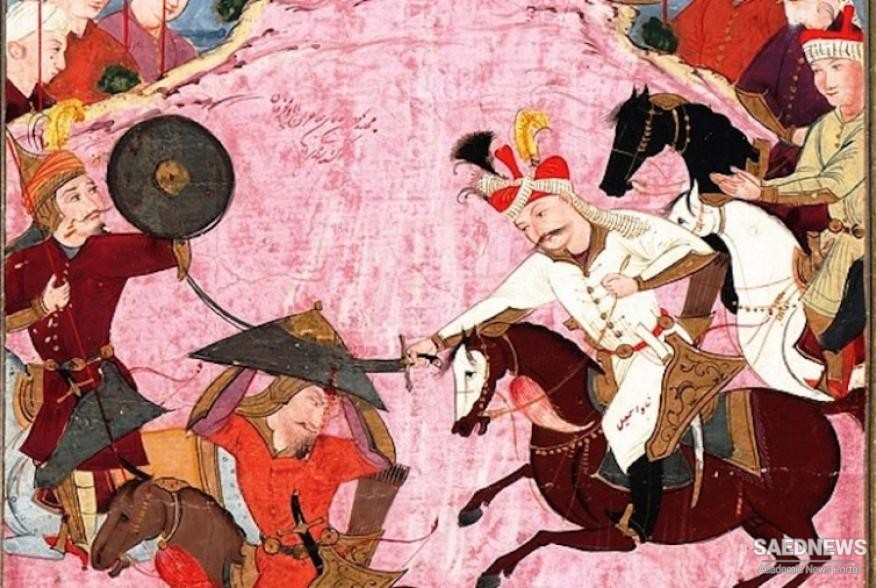The growing strife between the two Muslim states finally led to the first major armed conflict between Turkey and Iran, in 1514. This war was preceded by two massacres of the Shila inhabitants in Turkey. The first massacre followed a Shia rebellion under the leadership of Shah Qulu, mentioned earlier. Having escaped years of persecution, he gathered his forces to ravage the Ottoman Empire in 1511, clashed with Turkish troops, and made several serious assaults on his adversaries. On one occasion his Shfi partisans took a number of sanjakbeys. “The news of their success almost paralyzed Istanbul, but the Porte rose to the occasion and set-the crack troops in motion to rout the heretics.” Shah Qulu himself was killed in battle, the rebellion subsided, and Ottoman soldiers then began to pillage in Anatolia, “robbing and taking many of the inhabitants as slaves, saying that they were of the Sufi sect. The extent of the ravaging by, soldiers is uncertain but undoubtedly it was not so great a vengeance as that wrought on the Sufis by Selim I several years later.” Selim’s massacre occurred in 1514. Its "unparalleled cruelty” is universally acknowledged. During his reign the wish, “Mayst thou be the vizir of Sultan Selim,” became a common cursing formula among Ottomans. Selim distributed troops throughout the empire, and stationed them in each city and district, in strength proportioned to the number of the Schiis that it contained. He then suddenly sent forth the messengers of death, and the whole of those unhappy beings were arrested. 40,000 of them were slain; the rest were condemned to perpetual imprisonment (Source: The Foreign Policy of Iran).


 Shia-Sunni Strife and Foreign Policies of Safavid and Ottoman Empires
Shia-Sunni Strife and Foreign Policies of Safavid and Ottoman Empires














































